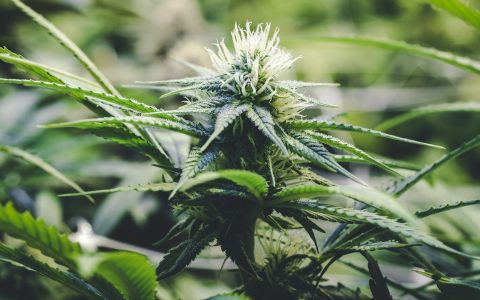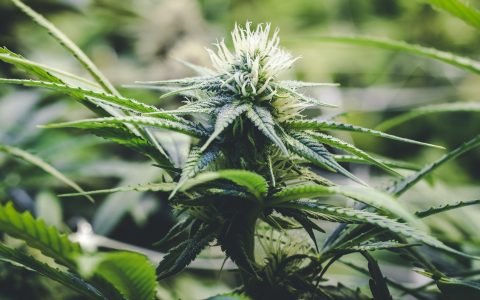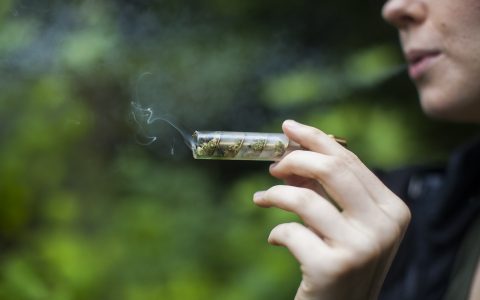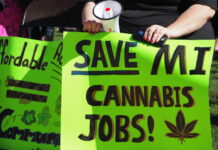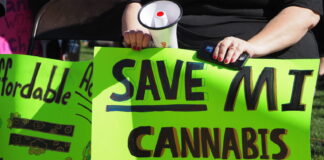The authors of a new study on teen marijuana use say legalization in Washington has not caused rates to go up — they appear to be in decline
Cannabis legalization for adults 21 and over in Washington has not led to increased teen use of the drug, according to an authoritative, new non-partisan study.
The research team, which included public health researchers at the RAND Drug Policy Research Center, found that the prevalence of marijuana use generally fell among Washington teens amid the commercial sales launch of 2014 to 2016, as compared to the period 2010 to 2012.
The study, published in JAMA Pediatrics, also found that:
- Among eighth graders, cannabis use declined from 9.8% to 7.3%.
- Among tenth graders, cannabis consumption dropped from 19.8% to 17.8%.
- No changes were reported among 12th graders.
Mason Tvert, spokesperson, Marijuana Policy Project
Amid a fierce, fact-limited national debate, the research letter gives a better snapshot of what’s going on in Washington teens’ lives.
Teens have had relatively easy access to marijuana since the ‘70s, surveys have shown. Both legalization supporters and opponents have long-argued that ‘anyone who wants marijuana can get it.’
In 2012, Washingtonians chose to tax, regulate, and control cannabis like alcohol or tobacco. Deterring teen use was one of the goals of that initiative.
In 2014, Washington retail cannabis stores opened for ID-card carrying adults 21 and over.
Valid, epidemiological data is scant. A major study published in JAMA in 2017 found slight increases in Washington teen use among 8th, 10th, and 12th graders. RAND fact-checked those findings using better data, which they published last week.
Look for Actual Data, Not Guesswork
The study’s lead authors, Dr. Julia A. Dilley, and Susan M. Richardson of the Oregon Public Health Division, said consumers must vet survey methods to make sure claims are generalizable. In this case, amajor 2017 study used national survey results to make state-level conclusions. That proved incorrect.
Dilley and Richardson—along with Beau Kilmer of RAND, Mary B. Segawa of the Washington State Liquor and Cannabis Board, and Magdalena Cerdá of New York University—obtained better, state-level data from the Washington Healthy Youth Survey. That survey came from a random sample of Washington public schools every two years. When you look at actual Washington student survey results instead of national models, use rates went down, not up.
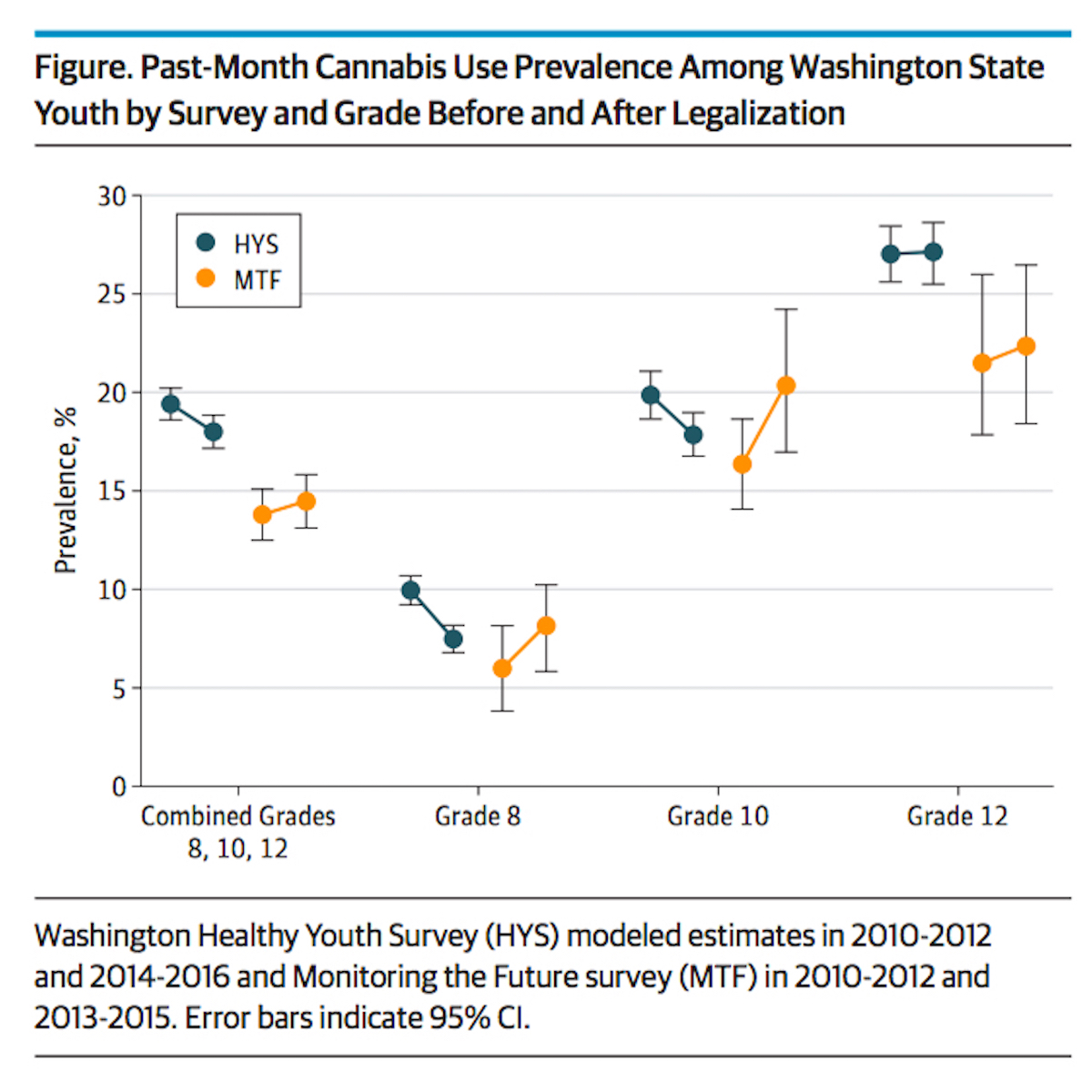 Sky Not Falling: Surveys of actual Washington teens show cannabis use going down (green lines). Inaccurate models of national data show use going up (yellow lines). (JAMA Pediatrics)
Sky Not Falling: Surveys of actual Washington teens show cannabis use going down (green lines). Inaccurate models of national data show use going up (yellow lines). (JAMA Pediatrics)
“The [national, Monitoring the Future survey] includes some Washington kids. But it really isn’t built to generalize to the state,” Dilley told Leafly.
“The effect of legalization on youth marijuana use is an important public health question that needs to be revisited using a multitude of data sets,” said Rosalie Liccardo Pacula, co-author of the study and co-director of the RAND Drug Policy Research Center. “This work underscores the importance of understanding who is being captured in each data set so we can better understand how representative the sample is when trying to draw policy conclusions from the analysis.”
RAND is non-partisan, and the analysis offers some of our best, most current information on Washington as a laboratory of democracy with regard to cannabis law reform. It’s a better source than guesses from both the pro and anti-legalization side. Dilley said to look for neutral sources when judging legalization, not someone’s biased personal experience.
“A lot of public health researchers are trying to understand what’s happening, and do it within the framework of the decisions voters have made,” Dilley explained.
Why Teens Might Pass on Grass
The paper does not guess at why prevalence might decline amid taxing and regulating cannabis. It could simply be an overall trend in the teen cohort. Millennials seem to use less drugs and have less sex than Gen Xers or Boomers.
Dilley said the facts on the ground continue to change with regard to adult-use cannabis’ price, availability, public messaging, and advertising.
“I think it’s going to be a long time before we know why,” she said. “I’m still at ‘What’s happening?’ rather than ‘Why it’s happening.’”
Reformers think the lower teen use rates might be due to better messaging and control of the adult trade.
Teens’ historically high access to cannabis makes it “little surprise that legalization appears to be having little effect on teen usage rates,” said Mason Tvert, Marijuana Policy Project spokesperson. “It is still illegal for teens in those states, and there are still plenty of consequences that are likely deterring use. More research is needed to know what impact legalization is having, if any, but it’s clear that it does not result in an immediate or significant increase in teen use, as opponents have long predicted.”
Tobacco use has collapsed among modern teens—a result of heavy public messaging paid for by high tobacco taxes and lawsuit settlement funds. That paradigm is coming to cannabis.
“Smart regulations, combined with evidence-based messaging, are far preferable to criminalization. These findings further make the case for removing cannabis from the black market, and should assuage the concerns of those who feared that doing so would inadvertently promote use among young people. Such concerns, fortunately, have not come to fruition,” said Paul Armentano, deputy director of NORML.
More Fodder For Debate
Researchers say that the results are an “encouraging trend”, but they don’t predict the future. Clusters of stores or intense advertising blitzes could one day drive more teens to weed, but researchers don’t know.
“These findings do not provide a final answer about how legalization ultimately may influence youth marijuana usage,” Pacula said. “A variety of factors may influence the behavior of adolescents and those factors are likely to influence behaviors in different ways over time.”
“Kids don’t care about what happens in the state capitol, they care about what happens in their own neighborhoods,” Pacula said. “Commercialization in local neighborhoods is likely to be more important than changes in the law.”


